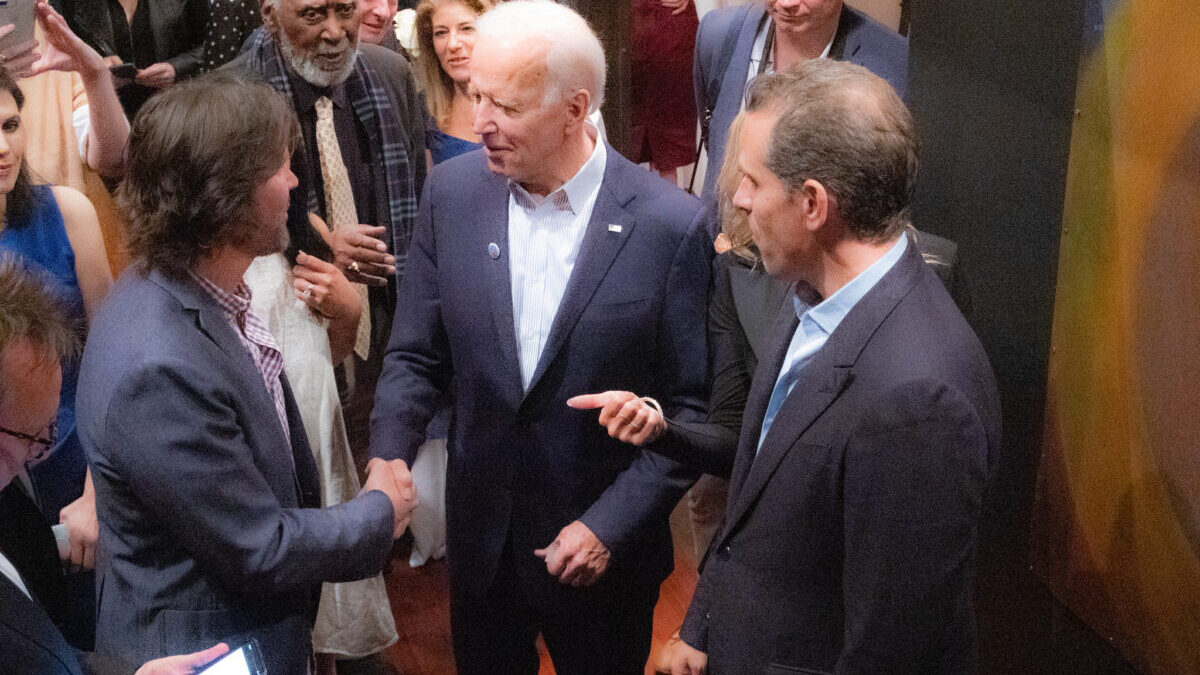Actress Selena Gomez, the 24-year-old executive producer of Netflix’s teen suicide drama “13 Reasons Why,” recently responded to reports that her popular series has boosted precisely the harmful behavior it aims to curb.
“We stayed very true to the book. That’s initially what [author] Jay Asher created, a beautifully tragic, complicated yet suspenseful story, and I think that’s what we wanted to do,” Gomez told the Associated Press. Backlash is “going to come no matter what.”
New Zealand, which has high teen suicide rates, recently required adult supervision for those younger than 18 to watch the show, and the leader of Australia’s national suicide prevention charity called the series “not helpful.” The series portrays the events leading to the suicide of 17-year-old character Hannah Baker, who kills herself after recording messages to 13 people she accuses of contributing to her death.
Because of its graphic portrayal not only of Hannah’s suicide but also of activities such as rape, underage drinking, masturbation, gay sex, and substance abuse, the show is rated TV-MA, for those aged 17 and older. But it’s been marketed to teens and even tweens, and because many parents allow their kids to have personal screens with Netflix access there are reports of kids as young as middle and even elementary school watching the series and having difficulty processing its gory material, as several Indiana public school officials recently wrote in letters home to parents. Maryland public schools also have sent schools and parents resources for discussing the show.
“In this day and age, kids can easily stream things on cellular phones or electronic devices,” James Montesano, superintendent of New York’s Nyack Public Schools, told local news. “Binge-watching something like [’13 Reasons Why’] can make it difficult for anyone — whether kids or adults — to process something like the act of suicide.”
While the series’ creators insist their intent was to help reduce dangerous behavior, “Research shows that exposure to another person’s suicide, or to graphic or sensationalized accounts of death, can be one of the many risk factors that youth struggling with mental health conditions cite as a reason they contemplate or attempt suicide,” says the National Association of School Psychologists’ discussion of the show.
School reactions after a student’s death, whether by suicide or other means, “should not glorify, highlight, or accentuate the individual’s death. It may lead to imitative behaviors or a suicide contagion,” NASP says. Mental health professionals recommend precisely the opposite of what widespread media coverage and awareness campaigns often accomplish. “Raising awareness” of deviant or troublesome behavior often has the effect of glamorizing, sensationalizing, or normalizing it, which can counterproductively lead to its increase.
What seems to reduce dangerous behavior, however, is not ignoring it, either, but talking about it at appropriate ages in person with someone who cares. Obsessive screen use, especially consuming media related to self-harm, is associated with suicidal tendencies, as are bullying and depression medications, says the American Academy of Pediatrics (AAP). Young people watching disturbing content without discussing it with their parents, and those who have tender hearts or tendencies towards depression and self-harm, are most negatively affected by watching the show, school and mental health professionals say.
“School District personnel have observed an increase in youth at-risk behavior at the elementary and middle school levels to include self-mutilation, threats of suicide, and multiple Baker Act incidents,” Superintendent Robert M. Avossa of Florida’s Palm Beach County Schools wrote home to parents on Friday. The Baker Act is a state law that allows officials to detain for up to 72 hours people threatening to hurt themselves. “Students involved in the recent incidents have articulated associations of their at-risk behavior to the ’13 Reasons Why’ Netflix series.”
Suicide is the second-leading cause of death among U.S. teens aged 15 to 19, after fatal accidents such as car crashes, says the American Academy of Pediatrics.









